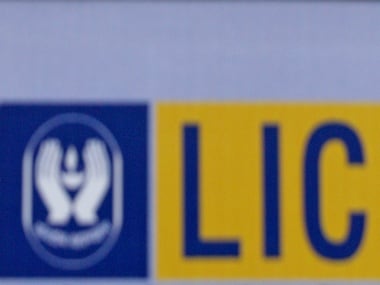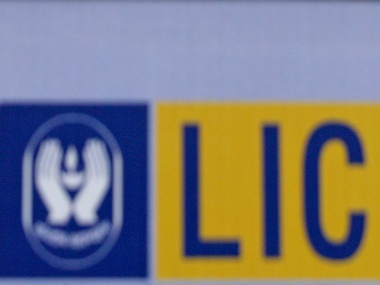Some of the fund managers at the Life Insurance Corporation of India (LIC) must be enduring sleepless nights, coupled with headaches in the day, over quite a few investment decisions they have taken in the past few days. LIC bought into the shares of 14 public sector banks in the past seven days. In just one week, all the bank shares have lost between 0.8 to 9.6 percent in value, causing a loss of Rs 423 crore, reports Business Line .
Buying bank shares just before they tumbled wasn’t LIC’s only blunder: a few weeks ago, it stepped in at the last minute to pick up ONGC’s shares at Rs 303 apiece, which also tanked.That took LIC’s losses from both investments toRs 1,800 crore.
[caption id=“attachment_263343” align=“alignleft” width=“380” caption=“Is LIC being forced to invest on behalf of a cash-strapped government that cannot fund the capital requirements of state-run banks? Reuters”]
 [/caption]
[/caption]
Of course, these are mark-to-market losses (based on the difference between the current price of the stocks and the price at which they were bought), which means the losses are notional, and not actually faced by the investor in question (LIC) since the shares have not been actually sold.
While the optimists might argue that LIC officials have time on their side, the pessimists point out that the mark-to-market losses could get bigger over time.
More importantly, it’s important to consider the fact that LIC’s purchase of bank stocks has come at a time when things are going from bad to worse for the banking sector. Concerns are growing about credit growth and non-performing assets (NPAs) with the slowdown in the economy. Indeed, for banks, downgrades are becoming a way of life . The queue in front of the corporate debt restructuring cell just keeps getting longer and there is a widespread belief that the worst is yet to come.
The BSE’s banking index, bankex, has fallen 12 percent in the past financial year ending March – and the bad news on NPAs has not yet begun. Sectors like power, aviation and real estate are in deep trouble and there are doubts whether clients from these industries will be able to pay up their loans (loans given to Kingfisher Airlines, for instance, have already turned into a NPA for several banks).
With the Basel III norms coming into force soon, Crisil estimates that banks might require upto Rs 2.7 lakh crore of fresh capital in say, the next 3-4 years. Going by the fiscal deficit of the government, the government might not be able to fund the whole process. For the current financial year, the Budget allocated just Rs 15,888 crore for the whole financial sector.
All of this brings us back to the question, why did LIC choose to invest in bank shares at this point in time? Is it just to help banks access some funds? Is LIC being forced to invest on behalf of a cash-strapped government that cannot fund the capital requirements of state-run banks? If yes, that is an extremely troubling sign for the hundreds of policy holders who have put their money in the organisation’s various policies.
LIC must take investing decision to favour its policy holders, not just the government.
)